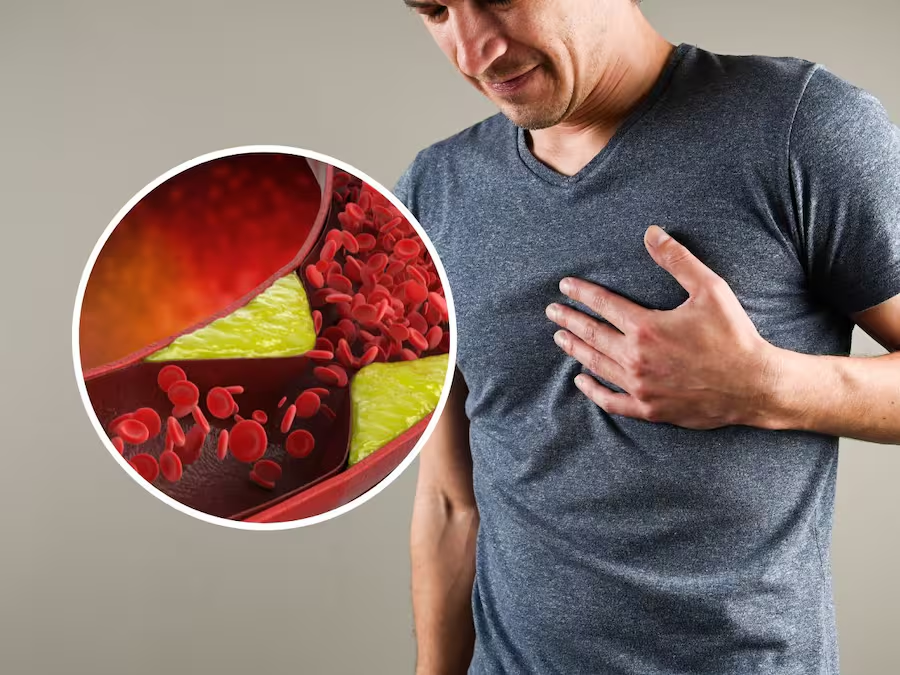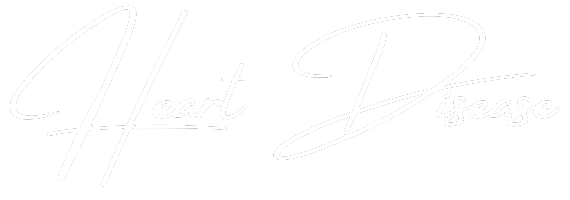
High cholesterol often goes unnoticed. It has no immediate symptoms. This silent threat can be serious. Many people don’t realize. It harms your body slowly. Ignoring it has grave consequences. It leads to severe health issues. Heart disease is a major risk. Stroke is also a concern. Understanding the dangers is vital. Early action protects your future.
This silent threat can be serious.
You often feel fine. No immediate pain or discomfort. High cholesterol builds up silently. It doesn’t cause symptoms initially. This makes it particularly dangerous. You might not know it’s there. Regular check-ups are thus crucial. Blood tests reveal the truth. Don’t wait for problems to start.
Ignoring it has grave consequences.
The body struggles over time. Cholesterol accumulates in your arteries. This process is insidious. It narrows blood vessels gradually. Blood flow becomes restricted. Oxygen delivery suffers greatly. This leads to serious health crises. The damage builds up unseen. This neglect takes a heavy toll.
Heart disease is a major risk.
This is the biggest concern. High cholesterol contributes to atherosclerosis. Plaque builds up in the arteries. This hardens and narrows them. Blood flow to the heart lessens. This causes chest pain, angina. It can lead to a heart attack. Part of the heart muscle dies. It’s a life-threatening event.
Atherosclerosis affects arteries.
This condition is progressive. Plaque deposits harden artery walls. These deposits are fatty substances. Cholesterol is a key component. They make arteries less flexible. Blood pressure often rises. The inner lining of vessels damages. This creates a vicious cycle. It restricts vital blood flow.
Blood flow to the heart lessens.
The heart muscle needs oxygen. Nourishment comes from coronary arteries. If these narrow significantly. The heart struggles to pump. It works harder, less efficiently. This causes fatigue and weakness. Severe blockages are critical. The heart cannot perform well. This puts immense strain on it.
Stroke is also a concern.
The brain needs constant blood supply. High cholesterol increases stroke risk. Plaque can break off from arteries. It travels to the brain vessels. It blocks blood flow there. Brain cells die quickly. This causes a stroke. Speech problems, paralysis can occur. It’s a devastating event.
Brain cells die quickly.
When blood flow stops. Brain tissue is starved of oxygen. This leads to rapid cell death. The functions those cells controlled cease. This can cause permanent damage. Recovery can be long and hard. Some never fully recover. Preventing stroke is paramount. Address cholesterol levels now.
Peripheral Artery Disease (PAD)
Not just the heart and brain. Leg arteries are also affected. Plaque narrows blood vessels. It limits blood flow to limbs. Legs, feet, and even arms. This causes pain, numbness. Especially during walking. Wounds may not heal well. In severe cases, amputation is needed. PAD is a serious complication.
Legs, feet, and even arms.
These limbs need good circulation. Restricted flow causes many problems. Muscles don’t get enough oxygen. They cramp and ache easily. Skin changes can occur. Hair loss on legs, weak pulses. Nails may thicken and become brittle. These are signs of poor circulation. PAD impacts daily life.
Heart Attack Warning Signs
Recognizing these saves lives. Chest pain is a classic symptom. It might spread to arms, back, neck. Shortness of breath can occur. Cold sweat, nausea, lightheadedness. Don’t ignore these signals. Seek emergency medical help. Time is muscle for the heart. Act quickly without delay.
Chest pain is a classic symptom.
It’s often described as pressure. Tightness, squeezing, or fullness. It might feel like indigestion. It can be mild or severe. It might come and go. Don’t dismiss any new chest discomfort. Especially if it radiates. This is a critical red flag. Get it checked immediately.
What Is High Cholesterol?
It means too much fat in blood. Specifically, LDL (“bad”) cholesterol. And often low HDL (“good”) cholesterol. LDL contributes to plaque buildup. HDL helps remove excess cholesterol. A healthy balance is crucial. Diet, genetics, and lifestyle play roles. Knowing your numbers is important.
LDL (“bad”) cholesterol.
This type directly causes problems. It carries cholesterol to arteries. Where it can deposit and form plaque. High LDL indicates higher risk. Your doctor will monitor this level. Lowering LDL is a key goal. Lifestyle changes are very effective. Medications can also help.
HDL (“good”) cholesterol.
This type protects your heart. It helps remove cholesterol from arteries. It carries it back to the liver. Where it’s processed and removed. Higher HDL levels are beneficial. Exercise and healthy fats boost it. Don’t ignore HDL levels. It’s part of the full picture.
Managing High Cholesterol
It’s largely preventable and treatable. Lifestyle changes are always first. Eat a heart-healthy diet. Exercise regularly every week. Maintain a healthy body weight. Quit smoking completely. Manage your stress levels. Sometimes, medication is also needed. Follow your doctor’s advice. Consistency is the true key.
Lifestyle changes are always first.
These are foundational actions. They have a huge impact on numbers. Healthy habits improve overall health. They reduce reliance on drugs. They empower you to take control. Start small, be consistent. Every positive change helps. It’s the most powerful tool.
Eat a heart-healthy diet.
Focus on fruits and vegetables. Choose whole grains often. Include lean proteins in meals. Opt for healthy fats like olive oil. Limit saturated and trans fats. Reduce dietary cholesterol intake. Avoid processed and sugary foods. This diet supports heart health. It lowers bad cholesterol.
Exercise regularly every week.
Aim for at least 150 minutes. Moderate-intensity aerobic activity. Brisk walking, cycling, swimming. Strength training is also beneficial. Exercise helps raise HDL. It lowers LDL cholesterol too. It improves blood circulation. It helps maintain healthy weight. Make it a consistent habit.
Maintain a healthy body weight.
Excess weight affects cholesterol. It can increase LDL levels. Losing even a small amount helps. It improves your lipid profile. It reduces strain on your heart. Body mass index (BMI) is a guide. Consult your doctor for goals. Healthy weight is protective.
Quit smoking completely.
Smoking damages blood vessels. It lowers HDL cholesterol. It makes LDL more harmful. It directly promotes atherosclerosis. Quitting is the best thing you can do. Your risk drops significantly. It’s crucial for heart health. Seek support if needed. It’s a life-saving decision.
Sometimes, medication is also needed.
Lifestyle changes aren’t always enough. Statins are common prescriptions. They lower cholesterol effectively. Other drugs might be used too. Your doctor decides the best course. Medication is a tool, not a cure. It works best with healthy habits. Don’t stop taking it without advice.
Ignoring high cholesterol is dangerous; it silently causes atherosclerosis, leading to increased risks of heart attack, stroke, and peripheral artery disease, making early lifestyle changes and medical management essential for prevention.
